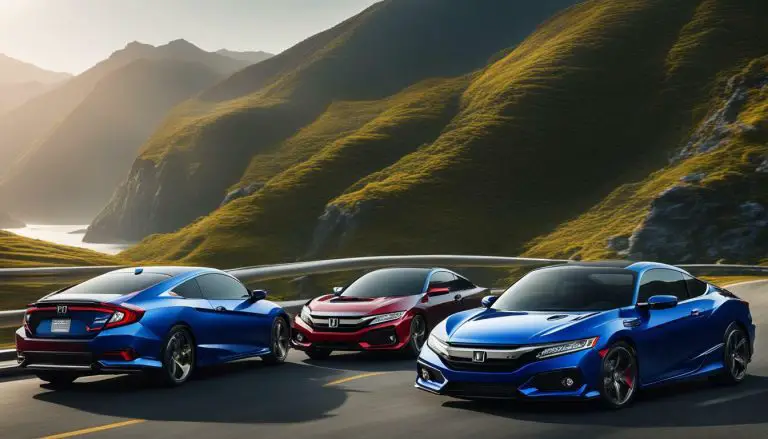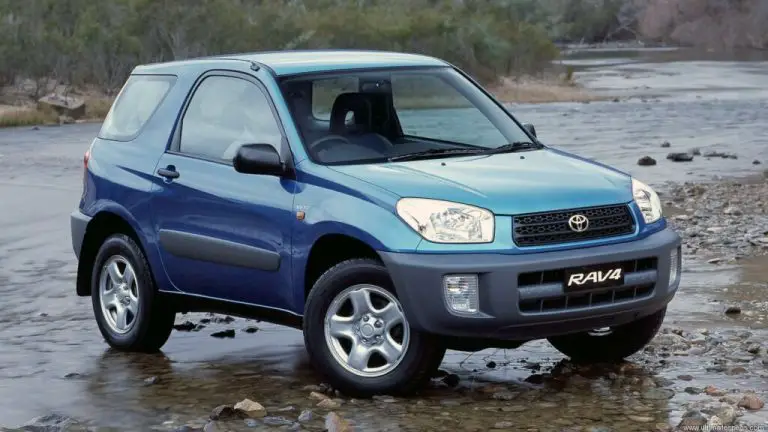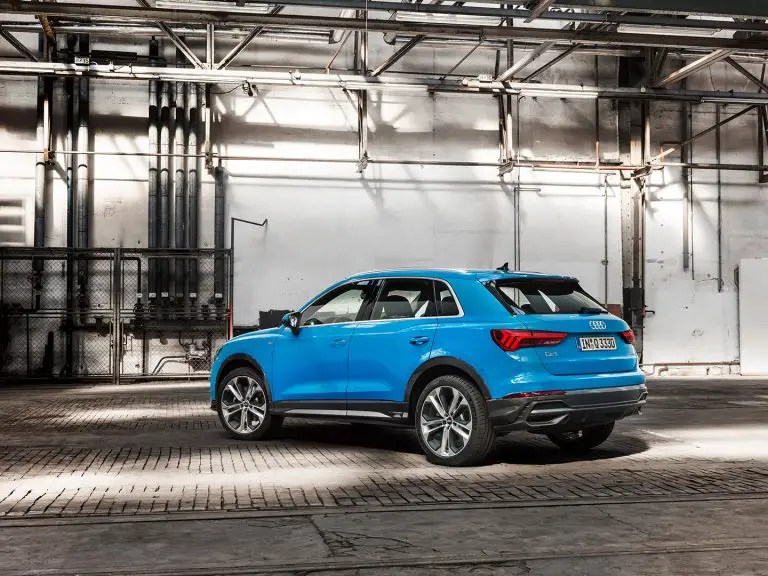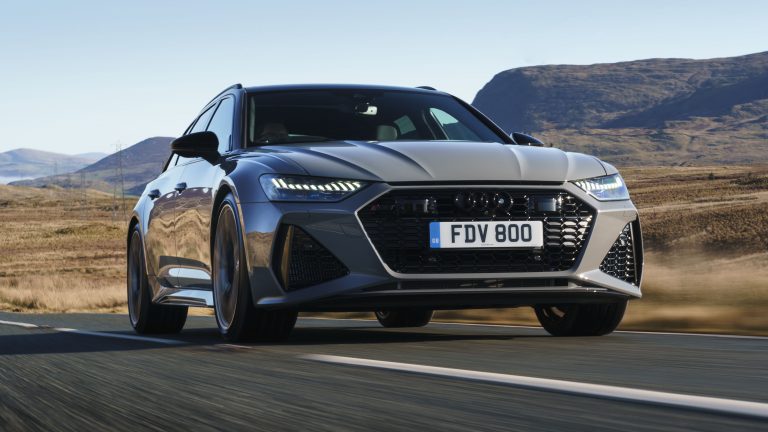Ford Mustang Best and Worst Years
Are you fascinated by the roar of a Ford Mustang but puzzled about which model year to go for? It’s no secret that certain Mustang years outshine others in terms of performance and reliability.
This eye-opening guide aims to navigate you through the best and worst years for this iconic vehicle, arming you with valuable insights before you make your purchase. Ready for a ride down the lanes of Mustang history?.
Key Takeaways
- The best years for the Ford Mustang include 2022 and 2023, as well as 2020, 2019, and several other model years from various decades.
- The worst years for the Mustang are generally considered to be in the range of 2016 to 2011, along with models from earlier years like 2007 and beyond.
- Common problems with Ford Mustangs can include vibrations during driving, body issues such as misaligned panels and rust problems, and noise-related issues.

Are you fan of Ford Car Model? Check this out! Ford Escape Best and Worst Years
Best And Worst Years For The Ford Mustang
The best years for the Ford Mustang include 2022 and 2023, as well as 2020, 2019, 2018, 2017, 2009, 2003 and 2004, and 1997. On the other hand, the worst years for the Mustang are generally considered to be in the range of 2016 to 2011, along with models from earlier years like 2007 and beyond.
Best Years: 2022 And 2023, 2020, 2019, 2018, 2017, 2009, 2003 And 2004, 1997
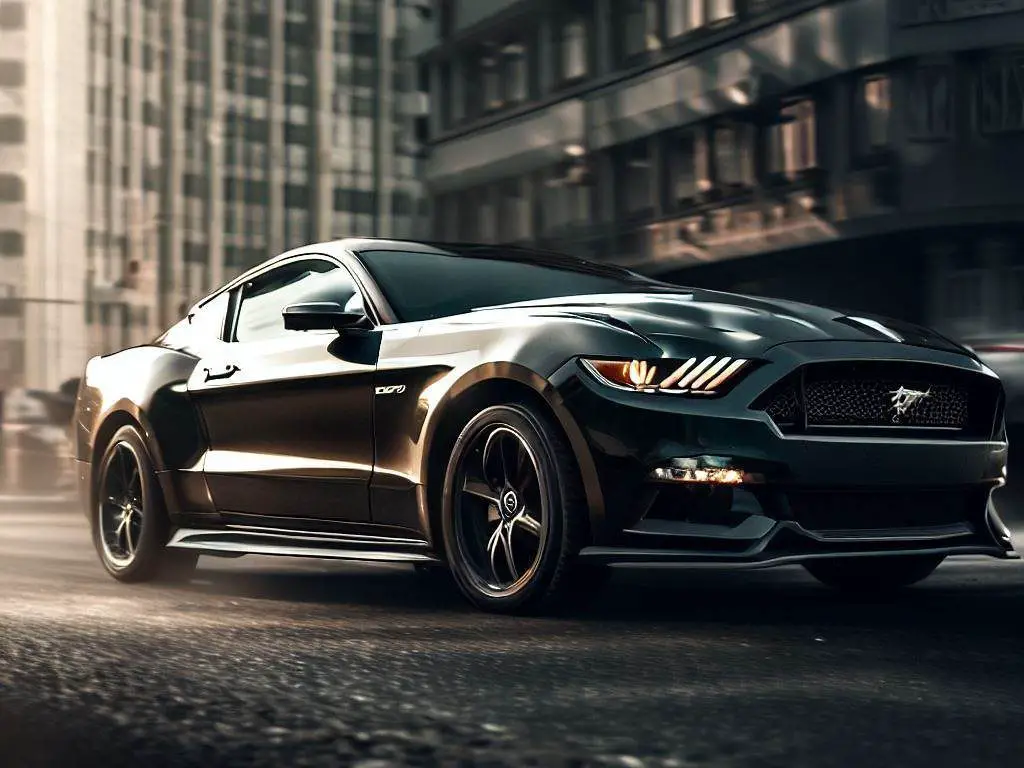
Cruising in at the top of the Ford Mustang rankings are the models from 2022 and 2023, embodying peak refinement and performance. Backtracking a bit, the 2017 Mustang years through to the powerful 2020 models also delivered an impressive blend of power, comfort, and reliability that car lovers couldn’t get enough of.
Flashback to 2009 Mustang; this year carved out its own iconic spot with sturdiness that stood tests of time. Then there were the classic picks from early millennium—the sturdy stallions of 2003 and 2004—which demonstrated persistent dynamism on asphalt terrains.
Lastly but importantly is our nostalgic nod to ’97’s model—an era-defining example that showed off why we love Mustangs so much despite newer technologies emerging over recent decades.
Worst Years: 2016, 2015, 2014, 2013, 2012, 2011, 2007 And 2006, 2005, 2000
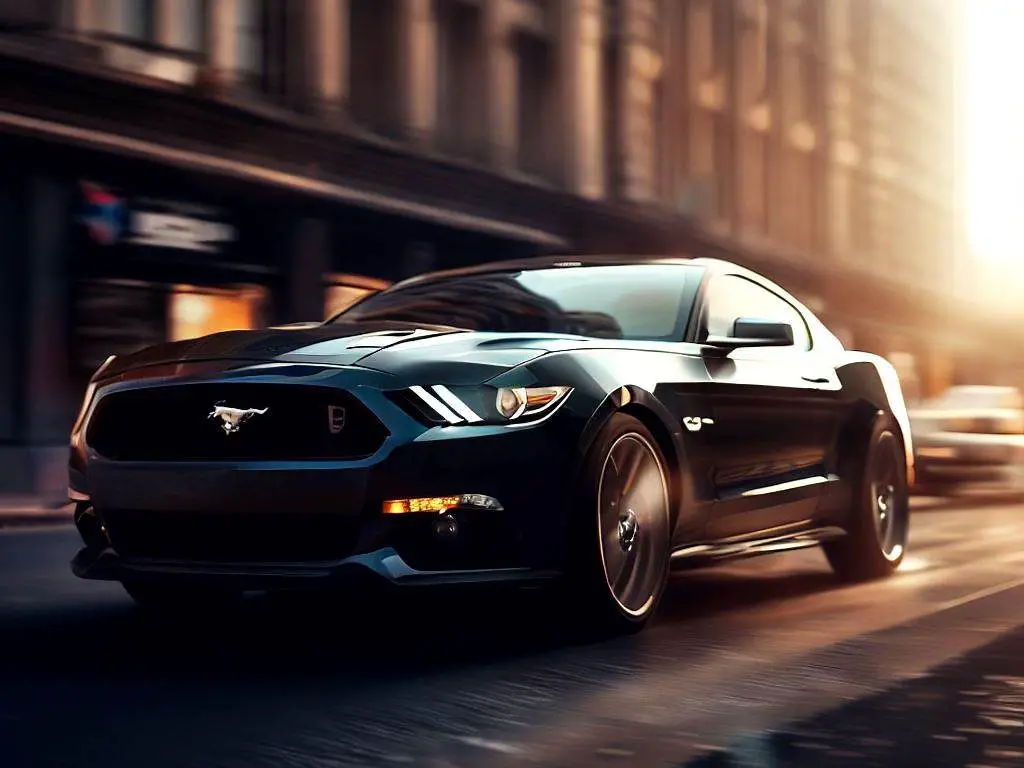
Take a look in this article for more information: Ford GT Best and Worst Years
While the Ford Mustang has had many successful years, there have been a few models that fall into the category of “worst years” for this iconic vehicle. These include 2016, 2015, 2014, 2013, 2012, 2011, as well as the model years from 2007 Ford Mustang to 2000 Ford Mustang.
Car enthusiasts and industry reviews have pointed out several issues with these particular models.
For starters, the 2006 Ford Mustang receives significant criticism. It has been ranked as one of the worst model years due to numerous complaints recorded by Car Complaints. The same can be said about the following year’s model – the 2005 Ford Mustang.
Moving forward in time, the early-2010s also posed challenges for Mustang owners. The models from those years were plagued with various problems that left owners of the Ford Mustang feeling frustrated and disappointed.
Despite these setbacks during certain periods, it’s important to remember that Ford has made tremendous improvements over time. Each new Mustang generation typically addresses previous concerns and incorporates advancements in technology and performance.
Common Problems With Ford Mustangs
Ford Mustangs can sometimes experience vibrations during driving, body issues, and noise problems.
Vibrations During Driving
One common problem that Mustang owners may encounter is vibrations during driving. These vibrations can be felt through the steering wheel, pedals, or even the entire vehicle. While some minor vibrations are normal due to road conditions or tire imbalance, excessive or persistent vibrations can indicate underlying issues.
It’s important to address these problems promptly as they can affect the overall driving experience and potentially lead to more significant damage if left unattended. In certain model years like 2006 and 2010 Ford Mustang, there have been notable complaints about vibrations with Ford Mustangs according to sources like Car Complaints.
If you experience unusual vibrations in your Mustang, it’s advisable to consult a qualified mechanic who can diagnose and resolve any potential issues for smoother and safer rides.
Body Issues
Body issues can be a common problem with Ford Mustangs, particularly in certain model years. Complaints about body issues include misaligned panels, poor paint quality, and rust problems.
For example, the 2006 Ford Mustang has been noted for its numerous complaints related to body issues. Additionally, the 2015 Mustang and 2014 Mustang model years have also received negative feedback regarding panel alignment and paint durability.
It’s important to note that not all Mustangs will experience these problems, but it’s worth being aware of potential issues when considering a specific model year. Proper maintenance and regular inspections can help mitigate any potential body issues in a Ford Mustang.
Noise
One common issue that some Ford Mustang owners have experienced is excessive noise. Whether it’s a rattling sound, squeaking brakes, or even a loud exhaust system, these noises can be quite frustrating.
Some of the worst model years for noise complaints include 2016, 2015, 2014, and 2006. However, it’s important to note that not all Mustangs from those years will have noise-related problems.
If you’re considering buying a used Mustang and want to avoid potential noise issues, it’s recommended to thoroughly inspect the vehicle before making a purchase. Additionally, reading owner reviews and conducting research on specific model years can provide insight into any known noise-related problems.
To address existing noise issues in your Mustang, consulting with a qualified mechanic or automotive specialist is always advisable. They can help diagnose the source of the noise and recommend appropriate repairs or maintenance procedures.
Ford Mustang Engine And Speed
The Ford Mustang is known for its powerful engines and impressive speed.
Best Mustang Engines
The Ford Mustang has seen its fair share of powerful engines throughout the years. From classic muscle to modern performance, here are some of the best Mustang engines:
- Coyote V8: The 5.0-liter Coyote V8 engine found in recent Mustang models delivers impressive power and performance. With its 435 horsepower and 400 lb-ft of torque, this engine provides a thrilling driving experience.
- Shelby GT350’s Voodoo V8: The Shelby GT350’s 5.2-liter naturally aspirated Voodoo V8 takes performance to another level. With its flat-plane crankshaft, it produces an incredible 526 horsepower and 429 lb-ft of torque.
- EcoBoost Inline-4: The EcoBoost engine offers a turbocharged solution for those seeking both power and fuel efficiency. With its direct injection technology, it delivers a balance between performance and economy.
- Terminator’s Supercharged V8: The Terminator Mustang, produced from 2003 to 2004, featured a supercharged 4.6-liter V8 engine that pumped out 390 horsepower and 390 lb-ft of torque.
- Boss’ High-Revving V8: The Boss 302 Mustang boasted a high-revving 5.0-liter V8 engine with an output of 444 horsepower and 380 lb-ft of torque, making it a favorite among enthusiasts.
- DOHC Modular V8: Introduced in the late ’90s, the DOHC Modular V8 engines offered power ranging from approximately 260 to over 400 horsepower depending on the specific model year and trim level.
- Classic Small Blocks: The early years of Mustangs featured various small block engines like the famous Ford Windsor family (260/289/302) known for their reliability and power delivery.
- Car and Driver: “The Best Ford Mustang Engines Ever”
- CJ Pony Parts: “Mustang Engine History Guide”
Fastest Mustang Years
The Ford Mustang has always been known for its performance and speed. Over the years, there have been several Mustang models that have stood out for their incredible speed and power. If you’re a car lover who craves that adrenaline rush, here are some of the fastest Mustang years to consider:
- 2022 and 2023: The latest Mustang models come equipped with a range of powerful engine options, including the high-performance Shelby GT500. With its supercharged V8 engine producing over 700 horsepower, these years deliver exhilarating acceleration and top speeds.
- 2020: The Mustang GT500 was reintroduced for the 2020 Ford Mustang model year, boasting a monstrous 5.2-liter supercharged V8 engine with an astonishing output of 760 horsepower.
- 2019: Another standout year was the 2019 Ford Mustang, thanks to the introduction of the Bullitt edition. Inspired by the iconic Steve McQueen movie car, this limited-edition model features a 5.0-liter V8 engine delivering 480 horsepower and a top speed of over 163 mph.
- 2018: The Mustang GT received a major overhaul in 2018, including an upgraded engine that produces an impressive 460 horsepower. This power boost resulted in faster acceleration times and improved overall performance.
- Shelby GT350 (2017): The Shelby GT350 is one of the most track-focused Mustangs ever produced. With its naturally aspirated V8 engine generating 526 horsepower and a lightweight design, it offers exceptional handling and speed on both road and track.
- SVT Cobra Terminator (2003 and 2004): These model years are highly regarded among enthusiasts for their blistering performance. Powered by a supercharged V8 engine producing up to 390 horsepower in stock form, they were capable of reaching impressive speeds.
Conclusion
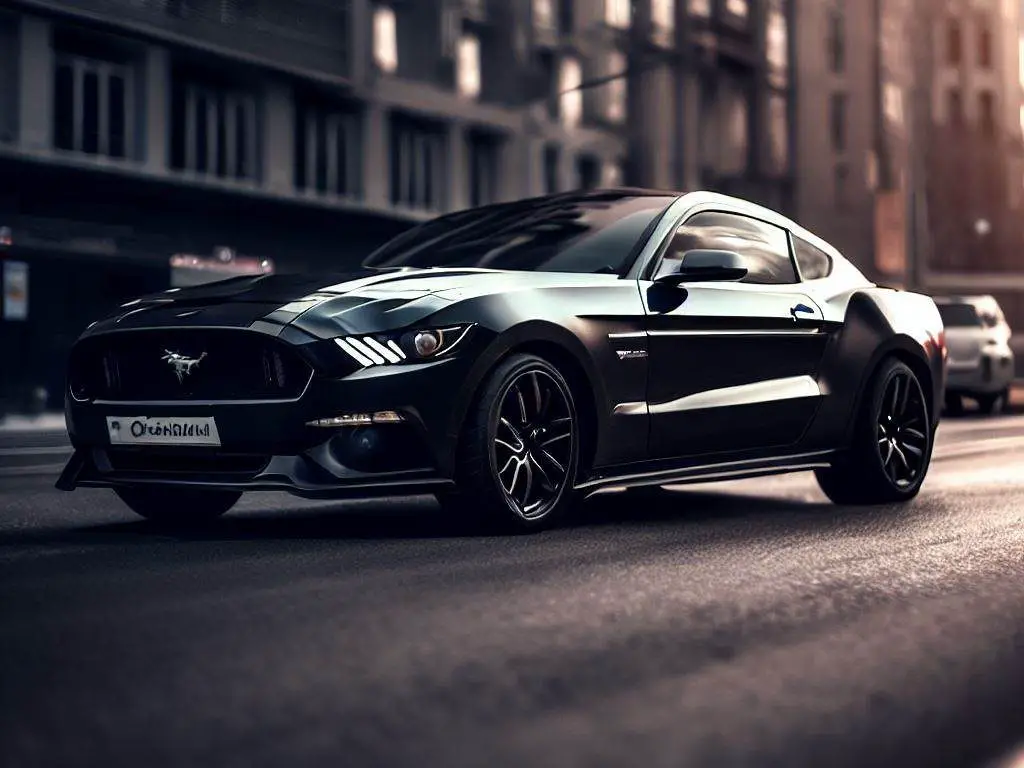
Similar article: Ford F-150 Best and Worst Years
In conclusion, its fair share of best and worst years of Ford Mustang. From the highly regarded 2022 and 2023 models to the disappointing years like 2016 Mustang and 2006 Mustang, it’s important for car lovers to do their research before purchasing a Mustang.
While some years may have common problems such as vibrations or body issues, there are still plenty of standout options for performance and reliability. Ultimately, finding the ideal year for restoration or buying used requires considering personal preferences and priorities.
Happy driving!
FAQs:
1. What are considered the best years for the Ford Mustang?
Some of the best years for the Ford Mustang include 1965, known as the original “pony car,” and 2018, which introduced a sleek redesign and powerful engine options. Other notable years include 2003 with its Mach 1 edition and performance enhancements, as well as 2015 with its sophisticated styling and advanced technology features.
2. What are some of the worst years for the Ford Mustang?
While every model year has its strengths and weaknesses, some enthusiasts consider certain years to be less desirable. The Mustang II models produced from 1974 to 1978 are often criticized for their reduced power and smaller size compared to earlier generations. Additionally, some critics point out quality issues in certain production runs of later models like the early-2000s SN95 generation.
3. Are there any specific factors that contribute to a year being considered one of the best or worst for a Ford Mustang?
Yes, several factors can influence why a particular year is regarded as among the best or worst for a Ford Mustang. These factors include design changes, introduction of new technologies, performance upgrades such as engine options or special editions, reliability ratings by owners and industry experts, sales figures, consumer preferences at the time of release, and overall reputation within car enthusiasts’ communities.
4. Should I solely rely on opinions about specific model years when buying a used Ford Mustang?
While opinions about specific model years can provide valuable insights into common issues or standout features, it is important not to solely rely on them when purchasing a used Ford Mustang years. Each individual vehicle’s condition should be assessed thoroughly through mechanical inspections performed by trusted professionals who can identify potential problems regardless of model year. It’s also advisable to consider personal preferences regarding desired features, preferred trim levels, and intended use of the vehicle.
| Question | Answer |
| What are the best years for the Ford Mustang? | Many enthusiasts consider the best years of the Ford Mustang to be those that fall between the mid-1960s and the early 1970s, known as the first generation or “classic” Mustangs. However, many people also consider the 2015 Ford Mustang to be one of the best years because it represented a significant redesign, giving it a more modern look while staying true to its iconic roots. |
| What are the worst years for the Ford Mustang? | While opinions may vary, the worst years for Ford Mustang are generally considered to be the Mustang II years (1974-1978) and the 2005 model year. The Mustang II was considerably smaller than previous generations, lacking performance and style. The 2005 Ford Mustang model year had a number of issues with its transmission and suspension. |
| What are the best Ford Mustang models? | Again, opinions may vary on this one, as everyone has their own preferences, but some of the most popular Mustang models include the Ford Mustang Shelby GT350, the Ford Mustang Shelby GT500, and the Boss 302. Each of these models has its own unique features and performance capabilities that make them stand out among the rest. |
| What are the worst Ford Mustang models? | Some of the worst Mustang models include the Mustang II, the 2005 Mustang, and the 2021 Mustang Mach-E. The Mustang II was not well-received due to its lack of power and size, the 2005 Mustang had a number of quality issues, and the Mustang Mach-E represented a significant departure from the traditional Mustang design. |
| What are some of the years to avoid when buying a used Ford Mustang? | The years to avoid when purchasing a used Ford Mustang include the 2005 model year, the Mustang II years (1974-1978), and the 2021 Ford Mustang Mach-E. |
| What makes the 2015 Ford Mustang such a standout year? | The 2015 Ford Mustang represented a significant redesign, making it a standout year for Mustang enthusiasts. The new design gave the Mustang a more modern and aggressive look while staying true to its classic roots. |
| What are the different generations of the Ford Mustang? | The Ford Mustang has six generations, which are classified by the years they were produced. These are the first generation (1964-1973), the second generation (1974-1978), the third generation (1979-1993), the fourth generation (1994-2004), the fifth generation (2005-2014), and the sixth generation (2015-present). |
| What were some of the issues with the 2005 Ford Mustang? | The 2005 Ford Mustang had several quality issues, including problems with the transmission and suspension. There were also some issues with the engine that caused it to stall or hesitate when accelerating. |
| What are some of the other notable Ford Mustang model years? | Other notable Ford Mustang model years include the 1969 Ford Mustang, which featured the iconic “Mach 1” styling, and the 2011 Mustang, which introduced the new 5.0-liter V8 engine. |
| What is the Mustang II? | The Mustang II was a less popular iteration of the Ford Mustang, produced between 1974 and 1978. It was considerably smaller than previous generations and lacked the power and style that made the Mustang so iconic in the first place. |
John Valdez - Passionate Car Enthusiast and Accomplished Writer
Meet John Valdez, a dedicated car lover and seasoned writer whose passion for automobiles is as vibrant as his words are eloquent. With a keen eye for detail and a heart that beats to the rhythm of engines, John brings a unique blend of expertise and enthusiasm to the world of automotive journalism.


